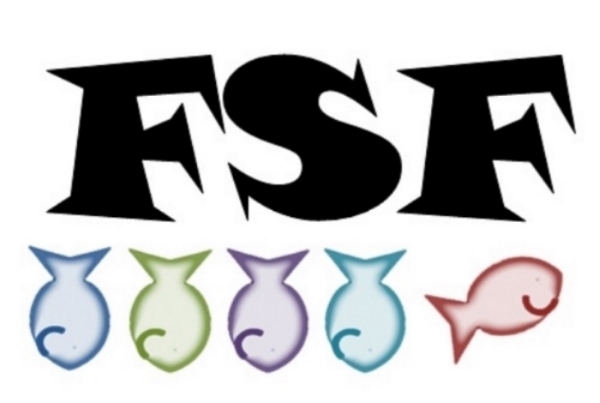Time for some Christmas legends. Why legends? Well, although the famed letter “Yes, Virginia, there is a Santa Claus” (which you can find a transcript of here) was really written and posted in the paper, the story this movie tells is not what really happened to produce such a heartfelt message of hope.
Made in 1991 for TV, this film tells the story of the famous letter from several points of view, none of which are based in fact. Virginia O’Hanlon (played by a young Katherine Isabelle long before the Ginger Snaps franchise) is the daughter of a struggling Irish immigrant (Richard Thomas) who is concerned in the midst of her father’s job loss and her best friend’s mother being sick that there may no Santa Claus. I’m pointing out all of these tragedies because it sort of amused me how over-the-top they tried to make the drama. While looking for a job, Virginia’s father gets a day old copy of his favorite paper, the Sun, from a local shop keep. So there’s where the newspaper Virginia will write to comes in.
But the real focus here is on Francis Pharcellus Church played by - oh hey Charles Bronson! What are you doing in this movie? Church is an alcoholic muckracker for the Sun who lost his wife and infant a year earlier. His editor, played by Ed Asner who I already miss, wants to keep him busy and employed in the midst of tragedy. Asner makes a big deal over how, even drunk, Church can still bring down all of Tammany Hall. They even give Church an antagonist, a man from a rival paper whose uncle is an evil industrialist. They throw a lot of random stuff from the time period in here.
“That’s the way I’d like to be able to write someday, Mr. Church! With both fists up,” an eager copy boy declares about thirty minutes in. A young female columnist expresses her gratitude to Church for lecturing at her college in a time when women were told to give up. They make him the star at the center of the print world, a star who knows that his words only last, as he puts it, “twenty-four hours”. The character grows suicidal as the movie goes on, as if such inspirational writing could only come from the very depths of despair.
But then Virginia’s letter comes, rescuing him from his internal torment. Don’t get me wrong, I still think this is one of the best pieces of writing in response to a little kid’s question. If you’ve never read it, you totally should.
*In reality, Virginia O’Hanlon was a middle class child from a comfortable family who could afford a daily newspaper. Francis P. Church was a war correspondent who started doing editorials when there were no wars to cover. He had no children and I couldn’t find anything about a deceased wife causing him to sink into depression. I get the impression he was surely though. Still, the letter is a wonderful thought and it’s reprinted every few years which shows just how well-written it was.



